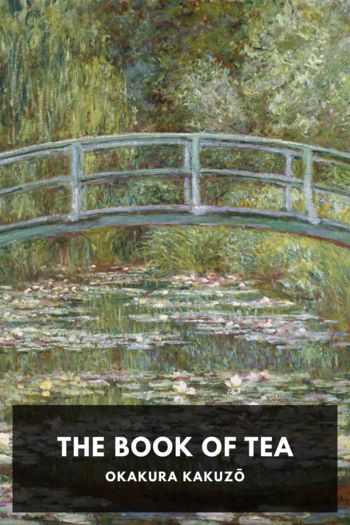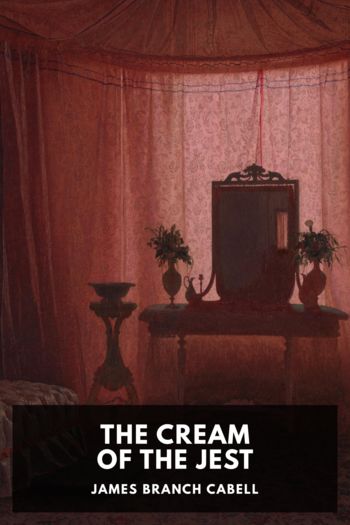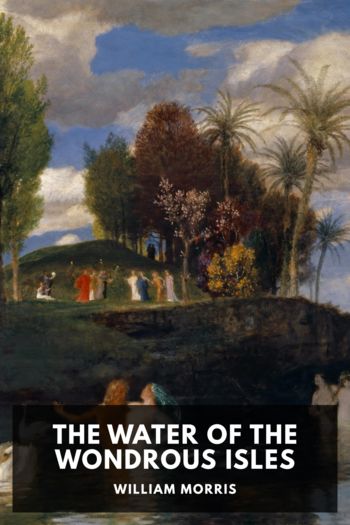Chocolate Sarah Moss (best fantasy books to read .txt) 📖

- Author: Sarah Moss
Book online «Chocolate Sarah Moss (best fantasy books to read .txt) 📖». Author Sarah Moss
3The Chocolate Factory
Chocolate became increasingly mobile in the eighteenth century, but continued to flow into Europe from one source: Spanish and Portuguese colonies in South America. In the nineteenth century, this dynamic changed. Chocolate began to be grown, manufactured and produced in new locations, places to which Theobroma cacao was neither botanically nor culturally native. As the empires of the nineteenth and twentieth centuries took shape, chocolate began to flow in new channels and took on new meanings. Like much of our modern material culture, it also underwent a profound transformation during the nineteenth century. It entered the 1800s as a fatty drink and ended them as (among many other things) the mass-produced milky drink and solid bar familiar to consumers today. The firms that first mobilized the innovations in production, commodification and marketing that underpinned this transformation are mostly still the major players in the industry today. Chocolate began as product associated (in Europe) with Catholic clergy and idle, languid aristocracy, and ended its transformation being sold as a dietary staple and nutritious boon to the working poor. In the process it became associated with places from African jungles to alpine meadows, and identified with everything from maternal love to purple cows.
The eminent historian Eric Hobsbawm describes the last two centuries as consisting of a ‘long’ nineteenth century, stretching from the French Revolution in 1789 to the outbreak of the First World War in 1914, and a ‘short’ twentieth century, which lasted from the First World War and the Russian Revolution until the collapse of the Soviet Union in 1991. If we measure historical time (as people sometimes measure their days) by chocolate, the dates are somewhat different, but similar periods could be said to apply. The chocolate nineteenth century began not so much with the storming of the Bastille as with the related wars of independence in South America, which interrupted a number of the supply chains of cacao, and set in motion a transformation of production. The end of the chocolate century came not so much with the First World War, which put barely a dent in expansion and production, but with the profound disruption of most global commerce, and particularly decolonization, in the wake of the Second World War. And if we consider the end of forced labour in the chocolate industry as one of the markers of the nineteenth century, in some places it has yet to end.
Revolutions, and the Lack Thereof
Revolutionary stirrings in the late eighteenth century had an impact on both sides of the chocolate chain. Throughout the Caribbean, Napoleon’s conquest of Spain and Portugal in 1806 sparked already militant opposition to Spanish authority into open rebellion, which reached a peak in the Venezuelan revolution in 1811, and spread throughout the northern part of the continent. Many of these revolts were led by the Creole elite there, who owned most of the cacao plantations. Theywanted both freedom from Spain and to strengthen their hold over the territories to avoid slave rebellions such as the one that had happened in Haiti a few years earlier. Ironically, Venezuela did indeed gain independence, but in the process many of the planters lost their slaves (who in many cases were recruited into the loyalist armies) and/or their plantations. Due to this unrest and lack of cheap labour, production of cacao in South America declined sharply, and only recovered much later in the century, when newly independent nations such as Ecuador came once more into their own as chocolate suppliers.
Along with production in Central and South America (where consumption among all classes remained common), consumption of chocolate in Europe also declined sharply during the Napoleonic wars. The various naval blockades of the continent limited the import of chocolate to most parts of Europe, after the initial destruction of the Spanish fleet that had once brought most of the cacao across the Atlantic. After the end of the war in Europe, chocolate supplies remained low because reduced incomes meant reduced demand and because continued unrest in South American affected production. Chocolate remained an expensive luxury for several decades.
In many places, expensive chocolate was replaced by other drinks. Unlike cacao, coffee and tea could still find their way into Europe via the ‘back door’ of Asia in spite of blockades, and they were generally cheaper to come by. A very wide array of local products were produced to replace the popular but now scarce hot drinks. Salep, a drink made from roasted orchid roots, once popular throughout the Ottoman empire, began to be produced locally and enjoyed renewed popularity in Britain as chocolate and other hot drinks became unavailable or prohibitively expensive in the first decades ofthe century. Like chocolate, and unlike coffee or tea, salep was thick and considered very nutritious. The root of the chicory plant was similarly roasted and brewed as a drink. Many of these drinks were common for many years after their colonial counterparts became available once more, usually among the poorer classes. Chicory, for example, grew popular in Germany during the continental blockades and only went fully out of mainstream taste there at the end of scarcity several wars later, when ‘real bean coffee’ came into the financial reach of all socio-economic groups in the early 1950s. It remains a tradition in many places, including India and, perhaps more famously, New Orleans.
A cacao press of the kind pioneered by Van Houten in 1828.
The decline of chocolate production and consumption in the early nineteenth century was the first and perhaps only interruption in a steady expansion from the sixteenth century to the present day. It was during this decline that the manufacturing development which allowed chocolate to take on its familiar, modern form occurred. Chocolate had such a high fat content that the excess cocoa butter had to be skimmed off the finished drink or absorbed in starchy additions such as arrowroot, potato starch or sago flour. In 1828 the





Comments (0)